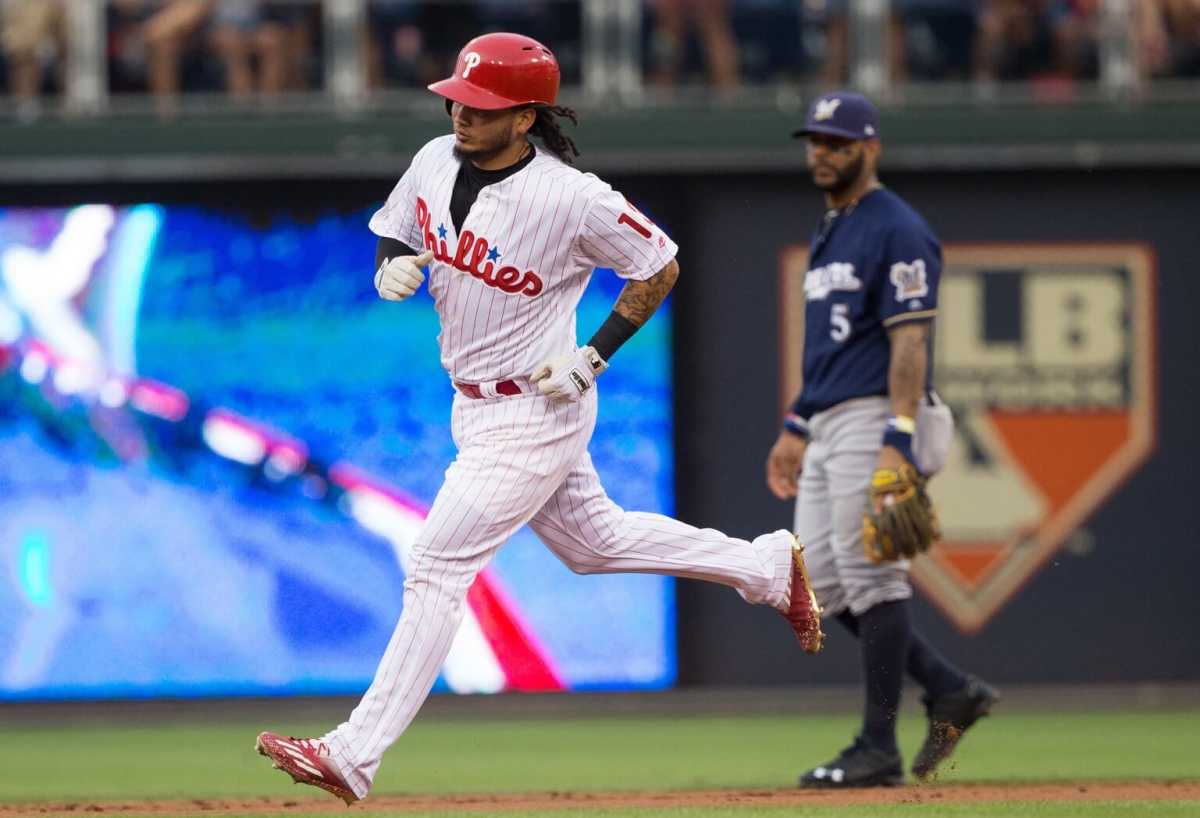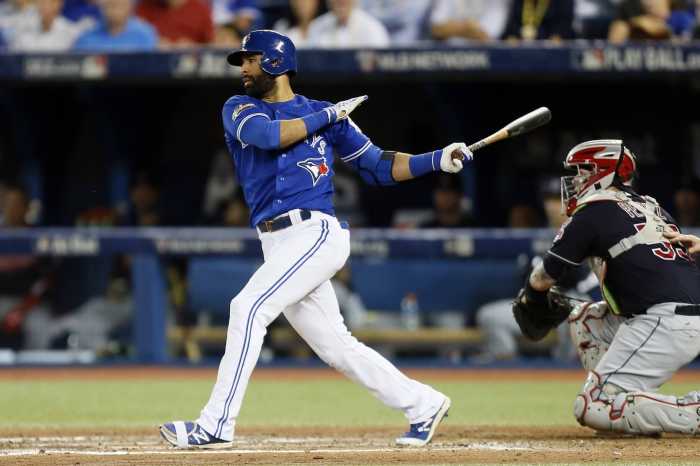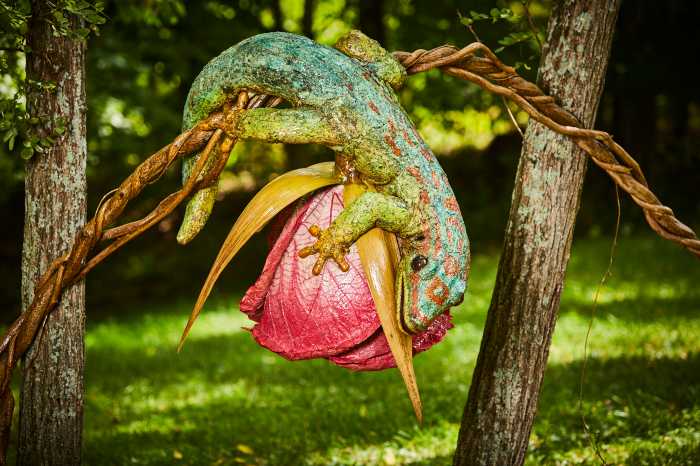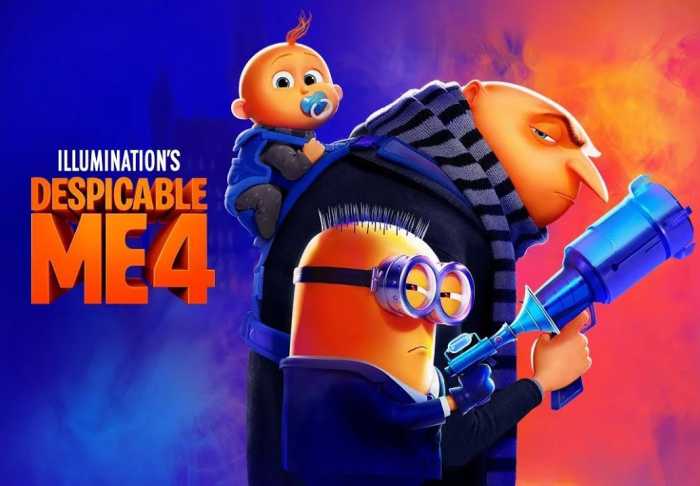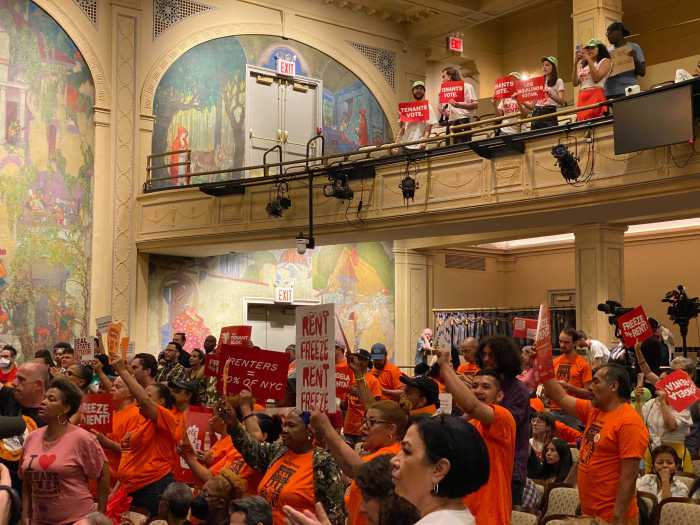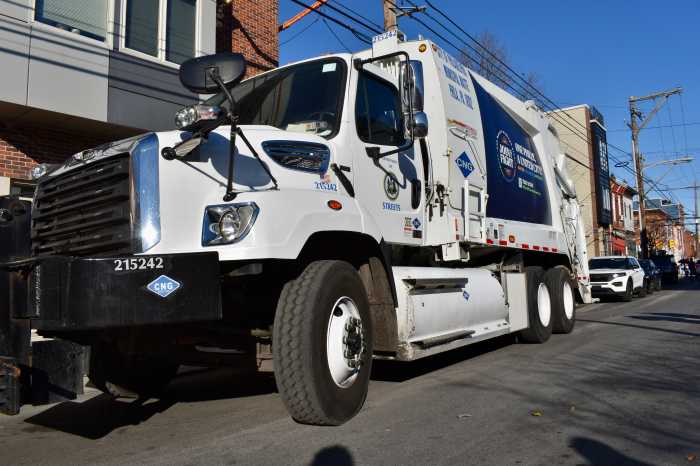I don’t like to backtrack and go against myself. I don’t believe in it. I believe in sticking to your guns and not being easily persuaded by outside forces. I guess you could say I’m a little hard headed that way. But I also believe in the power of being able to change an opinion based on informed ideas and after lengthy observed circumstances. Which is why I’m able to confidently write this piece despite it contradicted what I had previously written in an article. That’s why I’m more and more leaning toward the fact the not only should Freddy Galvis remain on the roster over the next few years, but that he is now the long-term solution at shortstop for the Phillies.
I sat down to watch the Phillies yesterday evening with a passive viewing perspective. It wasn’t one of those days where I fully immersed myself in the game like I often do, but it also wasn’t a day where I wasn’t able to watch the game at all due to other commitments (and the fact that even a Phillies’ writer needs a night off from watching well-below-average baseball). It was somewhere in between, a place where I can see most pitches and look up at the right time, when something out of the ordinary happens. And last night I found myself look up suddenly twice at Freddy Galvis. The first came in the bottom of the first inning when Freddy Galvis crushed a 3-1 pitch from Matt Garza into the right field seats to score the first two runs for the Phillies. The next came in the next inning on a slow roller off the bat of Hernan Gomez that Galvis charged, fielded and threw over to Tommy Joseph in one fluid motion to get Gomez by a step. The play was a microcosm of Galvis’ career at shortstop for the Phillies.
And while those two individual plays stood out to me last night, they aren’t conclusive evidence that Galvis should be the future, everyday shortstop. They simply helped his case even further. Let’s take a look at the progression of Freddy Galvis as a hitter and as a shortstop, and I’d like to show you why I feel like I’m able to make an educated change in my opinion on the 27-year-old’s standing on the 2019 roster and beyond.
Let’s start with Galvis offensively. Over the course of his six year career, Galvis has recently taken over as the every day shortstop, the heir to that position left vacant by the departed Jimmy Rollins. Now while Rollins and Galvis are different players offensively, their similarities lie on the defensive side of things, which I’ll get to in just a moment. Galvis had never played more than 70 games and never had more than 205 at bats entering 2015, when he took over as the every day shortstop for the Phillies. Since then, Galvis has played in just over 400 games and gotten just shy of 1500 at bats.
Of course there was going to be a learning curve for Galvis, who was never considered a hitting prospect when signed back in 2007. In fact, Galvis’ best statistical season came in 2011, when he hit .278 in split time between Reading and Lehigh Valley. In his first three seasons as a big leaguer, Galvis hit .226, .234 and .176, prompting Phillies fans, myself including, to wonder how long this utility player was going to hang around on the Phillies’ roster before they went and got a real shortstop. Sure, Galvis flashed the leather pretty consistently, but his offense left so much to be desired that it wouldn’t be long before someone would usurp him as the bench infielder.
Then, in 2015, the Phillies announced that Galvis would become the everyday shortstop. In his first full season action, Galvis hit .263 and had an on base percentage of .302. While his numbers weren’t off the charts, Galvis did prove to fans he wasn’t going to be an easy out consistently like he had been in his first few seasons. In 2015, Galvis decreased his strikeout percentage to 18.4 percent, down from 22 percent in 2013 and 25 percent in 2015. Those numbers allowed Phillies fans to at least give Galvis one more year before completely dropping the hammer.
Then, in 2016, Galvis really seemed to hit an offensive stride, providing power to go along with his improved offense. While his strikeout rate rose back to 21 percent and his batting average dipped nearly 20 points, fan were enamored with the outburst in power. Prior to last season, Galvis had never hit more than eight homeruns in a season at any level. In 2016, he hit 20 bombs and drove in 67 runs, primarily from the leadoff, 2-hole and 7-spot.
This season, Galvis has bounced back nicely, adding over 10 points to his batting average and raising his on base percentage back into the .300’s. His first inning homerun off Garza last night gave him 11 on the season to go along with 41 RBI’s. Since Galvis has played in every game this season for the Phillies, let’s assume he continues on that trend and plays all 162. That rate will put Galvis on pace for 19 homeruns this season and 71 RBI’s.
It seems that Galvis doesn’t get the love that Jimmy Rollins got in his career. Maybe it’s because Rollins was an outspoken leader, whereas Galvis is more of a quiet clubhouse guy. Maybe it’s the language barrier that doesn’t let fans connect as easily. But whatever it is, Galvis is viewed as a lesser shortstop than Rollins was. So what I want to do now is take a look at Rollins’ first three full seasons with the Phillies from 2001-2003. In Galvis’ first three full seasons, the Phillies won 63, 71 and are on pace to win about 60 games. Comparably, Rollins’ teams won 86, 80 and 86. Taking that into consideration, you’ll likely see that Rollins’s number may be a bit inflated due to the fact that he had a better offense around him. Each year, Rollins got at least 50 more at bats than Galvis did. But we’ll continue to look just at the surface numbers.
Jimmy Rollins hit .274, .245 and .263 in his first three seasons. In all three seasons, Rollins was 11 points or less away from Galvis. What made Rollins stand out moreso than Galvis is his on base percentage. Rollins was no less than 18 points better than Galvis in any of the three seasons. And of course, stolen bases are a major win for Rollins, who stole more bases in 2001 alone than Galvis has in the last three years.
Take a look at RBI totals. For a team that, at least record wise, was significantly better than the current roster, the 2001-03 Rollins drove in less runs than Galvis in two of the three seasons. The only time he had more RBI’s was 2001, when he had 54 to Galvis’ 50, but again, 97 more at bats will do that for you. In years two and three, Rollins had 60 and 62 RBI’s, compared to Galvis’ 67 and on pace 71. You can also take a look at homerun totals. While Rollins beat Galvis in year one 14-7, it’s Galvis who has more after three seasons, 38-33, and this year isn’t over yet. If Freddy hits his projected total, that final mark will stand at 46-33.
As you can see, the splits are fairly comparable in most offensive categories outside of on base percentage and stolen bases. So why is Galvis viewed as an inferior player to Rollins?
Let’s move to the defensive side of the ball, the side of the game that both player shined. when his career was finished, Rollins finished with four Gold Glove Awards, three consecutive from 2007-2009 and again in 2012. While Galvis doesn’t have any yet, as I mentioned in a previous piece, he should have one in his collection already. I think, as unbiased as I can possibly muster, that Galvis was robbed last year when the award was given to Brandon Crawford of the San Francisco Giants.
But let’s dive into the numbers. Now, defensive numbers aren’t quite like offensive stats, and can be quite confusing. For any stat that isn’t a routinely used one, I’ll do my best to explain in order to clarify the comparison better.
In Rollins’ first three seasons, he held down fielding percentages of .978, .979, and .980. Galvis has him beat in the last two seasons, as he falls in year one with a .973, but has sported a .987 and .985 in the last two years. Total errors, of course, runs parallel with fielding percentage. Galvis had more errors than Rollins in year one, 17-14, but only had 8 and 6 in years two and three, comparable to Rollins 14 in each of the next two seasons.
Now this is where it gets a little weird. Let’s look at range factor, a stat that I think doesn’t justly describe the range a player has. When it comes to range, Jimmy Rollins was second to maybe only Derek Jeter and likely had a better arm than Jeter. Galvis, however, isn’t a slouch himself when it comes to his ability to get to balls on either side of him. Range factor per game played is a stat that indicates putouts plus assist and divides them both by games played. Galvis has Rollins beat in two seasons, beating him in years one and two, but faltering in the third year. Galvis was also at, or above, league range average two of the last three years. Rollins never hit that mark in his first three years, coming .001 point short in year three.
Next, we’ll move to Rtot, which is a stat that depicts the total zone total fielding runs above average. I know, it’s a mouthful, but it’s relatively simple to break down. Effectively, what this stat is trying to come up with is how proficient each player is, over the course of the season, in preventing or creating runs for the other teas while in the field. So the higher the number, the better defensively the player is. Conversely, the farther the number goes into the negative, the more their team suffers. Freddy Galvis posted a -1, 8,-4 over his first three full years. That beat Rollins 2-1, who gave the Phillies a -3, -8, 0.
With all of these offensive and very, very strange defensive stats to compare side by side, it’s clear that Galvis is on a very productive path if you consider Jimmy Rollins’ first three seasons and the player that he became. Rollins is beloved in Philly, primarily because he was the staple of the infield on a team that brought a championship to the city. While hard times have fallen on the Phillies and Freddy Galvis, there’s no reason as to why Galvis can’t be just as loved as Rollins if he continues his upward trajectory. If Galvis and his future teammates can deliver another ring to the city, it could be difficult to statistically find differences between the two shortstops. I said earlier that Galvis became the heir toe shortstop after Rollins left. If he continues to play well, he may soon become the heir apparent.
Mandatory Credit: Bill Streicher-USA TODAY Sports

